Home>Garden Essentials>Lawn Care: What Is Thatch
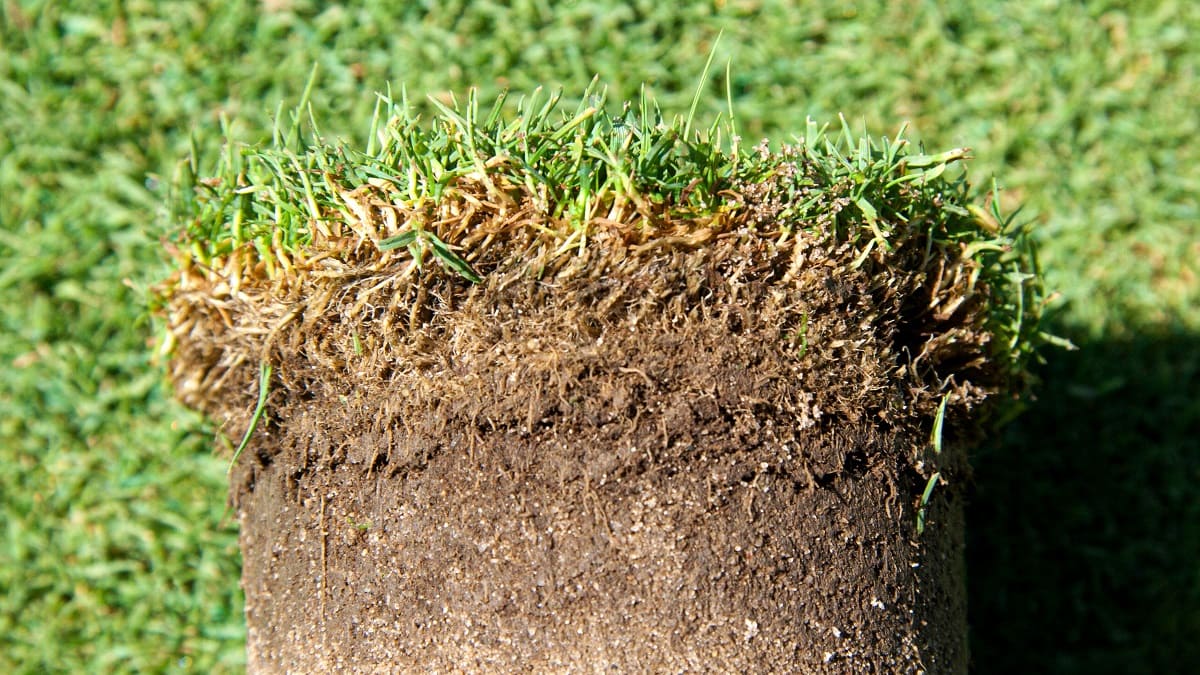

Garden Essentials
Lawn Care: What Is Thatch
Modified: March 15, 2024
Discover the importance of garden care and the role thatch plays in maintaining a healthy lawn. Learn effective ways to manage thatch buildup and achieve a lush garden.
(Many of the links in this article redirect to a specific reviewed product. Your purchase of these products through affiliate links helps to generate commission for Storables.com, at no extra cost. Learn more)
Introduction
Welcome to the world of lawn care! As a gardener and lover of all things green, you understand the importance of maintaining a healthy and vibrant lawn. However, even the most experienced gardeners may come across a common issue known as thatch. In this article, we will explore what thatch is, its causes, and how it impacts your lawn. You will also learn how to prevent and remove thatch to ensure your lawn stays lush and beautiful.
Before we delve into the details, let’s start by understanding what thatch actually is. Thatch refers to the layer of dead grass, stems, and other organic matter that accumulates between the soil and the actively growing grass blades. It is a natural part of the turfgrass ecosystem and, in moderate amounts, can provide insulation and protection for the lawn.
However, excessive thatch can lead to a range of problems, including restricted water and nutrient absorption, increased susceptibility to disease and pests, and poor overall lawn health. It’s essential to keep thatch under control to maintain the optimal conditions for a thriving lawn.
There are several factors that contribute to the build-up of thatch. One of the main causes is over-fertilization or excessive use of chemical-based lawn treatments. These products encourage rapid grass growth, resulting in the accumulation of dead plant material that cannot break down quickly enough.
Another factor is improper lawn care practices, such as infrequent mowing or cutting grass too short. When the grass is not mowed regularly or is cut too low, the clippings don’t decompose easily and can contribute to thatch formation. Additionally, compacted soil and poor drainage can create an environment where thatch accumulates more rapidly.
Now that we understand the causes, let’s take a look at some of the telltale signs of excessive thatch in your lawn. One obvious indication is a spongy feeling when walking on the grass. If your lawn feels soft and springy underfoot, it may indicate a thick layer of thatch. Moss or shallow-rooted grass patches can also suggest the presence of thatch.
Excessive thatch can have a detrimental impact on the health and appearance of your lawn. It creates a barrier that hinders the movement of air, water, and nutrients to the grassroots, leading to shallow root development. This makes the lawn more prone to drought stress and disease.
Fortunately, there are steps you can take to prevent thatch build-up. One effective method is regular maintenance practices such as proper mowing and watering. Mow your lawn at the appropriate height for your grass type and ensure that the blades are sharp to prevent excessive tearing of the grass.
Water deeply and infrequently to encourage deep root growth and reduce the risk of thatch. Avoid over-watering, which can contribute to thatch formation. Aerating your lawn is also beneficial as it helps alleviate soil compaction and improve water and nutrient penetration.
If you’re already dealing with excessive thatch, don’t worry! We will cover how to remove thatch in the upcoming section. Stay tuned to learn effective methods for thatch removal and how to use it to benefit your lawn.
Key Takeaways:
- Excessive thatch can harm your lawn by blocking water and nutrients, attracting pests, and causing shallow root growth. Prevent it with proper mowing, watering, and aeration.
- While too much thatch can harm your lawn, a thin layer can provide insulation, prevent erosion, and recycle nutrients. Manage it for a healthy, resilient lawn.
Read more: How To Treat Thatch In Lawns
Definition of Thatch
Thatch is a layer of dead grass, stems, roots, and other organic matter that accumulates between the soil surface and the actively growing grass blades in a lawn. It forms naturally as a part of the turfgrass ecosystem but can become a problem when it reaches excessive levels.
The thatch layer is created as grass plants grow and shed older parts. As these dead plant materials accumulate, they form a layer that sits on top of the soil. Thatch can vary in thickness, ranging from a thin layer to several inches deep, depending on various factors such as grass type, climate, and maintenance practices.
Thatch is composed of both living and dead plant material. It consists of stems, leaves, roots, and other organic debris that have not yet fully decomposed. Over time, this organic matter builds up, creating a thick layer that can impede proper lawn growth and health.
While a thin layer of thatch is beneficial for lawns, as it acts as insulation and provides protection, excessive thatch can cause a range of issues. When the layer becomes too thick, it can obstruct the movement of air, water, and nutrients to the grassroots. This leads to shallow root development and increases the susceptibility of the grass to stress, diseases, and pests.
Thatch can also create an ideal habitat for pests and pathogens, including insects, fungi, and bacteria. These organisms can thrive in the moist and sheltered environment provided by the thatch layer, further compromising the health of the lawn.
It is important to note that thatch is different from the organic matter that accumulates on the soil surface after mowing, known as grass clippings. Grass clippings are beneficial as they quickly decompose, returning nutrients to the soil. However, when clippings are not properly managed and allowed to accumulate excessively, they can contribute to thatch formation.
Regular monitoring and management of thatch are essential for maintaining a healthy lawn. By understanding the causes and impacts of excessive thatch, you can take proactive steps to prevent and control its accumulation, ensuring optimal conditions for your lawn to thrive.
Causes of Thatch Build-up
Thatch build-up can be caused by a variety of factors, many of which are related to lawn care practices and environmental conditions. Understanding these causes can help you make informed decisions to prevent excessive thatch accumulation. Let’s explore some common causes of thatch build-up:
- Over-fertilization: Excessive use of nitrogen-rich fertilizers promotes rapid grass growth. When grass blades grow quickly, they shed more organic matter, contributing to thatch formation. It’s essential to follow proper fertilization guidelines and avoid over-application of fertilizers.
- Poor mowing practices: Infrequent mowing and cutting the grass too short can contribute to thatch build-up. When grass is cut too low, the clippings take longer to decompose and can accumulate as thatch. Aim to mow regularly, removing only one-third of the grass blade length at each mowing.
- Improper watering: Overwatering your lawn can lead to shallow root growth and excessive thatch accumulation. When the soil is constantly saturated, the grassroots remain close to the surface, making them more susceptible to thatch build-up. Water deeply and infrequently, allowing the soil to dry out between watering sessions.
- Compacted soil: Soil compaction restricts the movement of air, water, and nutrients, creating an environment favorable for thatch accumulation. Heavy foot traffic and machinery use can lead to compacted soil. Regular aeration can help alleviate soil compaction and facilitate the breakdown of thatch.
- Inadequate lawn maintenance: Neglecting proper maintenance practices, such as not removing grass clippings, can contribute to excessive thatch accumulation. Leaving the clippings on the lawn can increase the organic matter that contributes to thatch formation. Practice good lawn maintenance by regularly removing clippings and debris.
- Grass type: Some grass varieties naturally produce more thatch than others. For example, warm-season grasses like Bermuda grass and Zoysia grass tend to produce more thatch compared to cool-season grasses like Kentucky bluegrass and fescue. If you have a grass type prone to thatch, it’s important to be vigilant and take preventive measures accordingly.
By addressing these causes and implementing proper lawn care practices, you can reduce the likelihood of excessive thatch build-up. Regular monitoring and taking proactive measures will help maintain a healthy lawn with a balanced thatch layer, ensuring optimal conditions for grass growth and overall lawn health.
Signs of Excessive Thatch
Excessive thatch can have detrimental effects on the health and appearance of your lawn. It’s important to be able to recognize the signs of excessive thatch build-up so that you can take action to address the issue. Here are some common signs to look out for:
- Spongy texture: One of the first indications of excessive thatch is a spongy feeling when walking on the grass. If your lawn feels soft and springy underfoot, it could be a sign of a thick thatch layer. This sponginess is caused by the layer of dead organic matter between the soil and grass blades.
- Moss growth: Excessive thatch can create favorable conditions for moss growth. Moss tends to thrive in damp and shaded areas, and the layer of thatch provides a moist environment for it to take hold. If you notice patches of moss growing in your lawn, it may be an indicator of excessive thatch.
- Shallow-rooted grass: A thick layer of thatch can hinder the development of deep and healthy grassroots. If your lawn has shallow-rooted grass that easily pulls up or shows signs of stress during dry periods, it could be a result of excessive thatch. Shallow root systems make the grass more susceptible to drought stress and other environmental factors.
- Poor water absorption: Excessive thatch can impede water penetration into the soil. This can result in poor water absorption and drainage, leading to water pooling or run-off instead of being absorbed by the grass roots. If you notice water pooling on the surface of your lawn after irrigation or rainfall, it may be due to an excessive thatch layer.
- Pest and disease problems: Thick thatch layers create a favorable habitat for pests and diseases. Insects, like billbugs and chinch bugs, and fungal diseases, such as brown patch and dollar spot, can find refuge in the thatch layer. If you notice an increase in pest activity or recurring disease issues, it might be a sign of excessive thatch.
- Poor overall lawn health: Excessive thatch can impact the overall health and vigor of your lawn. Grass that is struggling to grow, has a pale or yellowish color, or shows signs of stress even with proper watering and fertilization may indicate a problem with thatch. A lack of response to regular lawn care practices can be a clear sign of excessive thatch build-up.
If you notice one or more of these signs in your lawn, it’s crucial to address the excessive thatch issue promptly. Regular thatch monitoring and proper lawn care practices can help prevent thatch build-up and maintain a healthy lawn. In the next sections, we will explore methods to prevent and remove thatch, allowing your lawn to thrive with optimal conditions for growth and longevity.
Impact of Thatch on Lawns
Excessive thatch can have significant impacts on the health and appearance of your lawn. It is important to understand how thatch affects your lawn so that you can take appropriate measures to mitigate its negative effects. Here are some key impacts of thatch on lawns:
- Restricted water and nutrient absorption: A thick layer of thatch acts as a barrier, preventing water, air, and nutrients from reaching the grassroots. This results in poor water absorption and limited access to essential nutrients. As a result, the grass may appear weak, dull, and lacking in vibrant green color.
- Increased susceptibility to disease: Excessive thatch provides an ideal environment for the growth of fungal diseases. Moist and sheltered, the thatch layer can promote the development and spread of turf diseases such as brown patch, dollar spot, and snow mold. These diseases can cause significant damage to your lawn, leading to patches of dead or dying grass.
- Higher pest activity: Thick thatch can also attract pests such as insects and rodents. The layer of thatch provides a comfortable habitat for pests like grubs, chinch bugs, and billbugs. These pests can wreak havoc on your lawn, causing extensive damage to the grass and potentially leading to bare patches.
- Poor overall lawn health: When thatch builds up excessively, it can restrict the growth and development of the grass roots. Shallow root systems make lawns more susceptible to stressors, such as drought, extreme temperatures, and traffic. This can result in a weak, thin, and easily damaged lawn that lacks resilience and struggles to withstand environmental pressures.
- Uneven and spongy lawn surface: Excessive thatch can create an uneven and spongy surface, making it challenging to achieve a smooth and level lawn. Walking or playing on a lawn with thick thatch can feel unstable, as the thatch layer compresses underfoot. This not only affects the lawn’s aesthetic appeal but also hampers recreational activities on the grass.
- Reduced effectiveness of lawn care practices: Excessive thatch can render your lawn care efforts less effective. Watering and fertilization may not reach the root zone effectively due to the barrier created by the thatch layer. This can result in wasted resources and inefficient lawn care practices.
To maintain a healthy and vibrant lawn, it is crucial to address the issue of excessive thatch. Regular monitoring, proper lawn care practices, and timely thatch management can help prevent these negative impacts. In the following sections, we will explore effective methods for preventing and removing thatch, allowing your lawn to thrive and maintain its lush green appearance.
Tip: To prevent thatch buildup in your lawn, avoid over-fertilizing and mow at the proper height. Aerate the soil regularly to promote healthy grass growth and reduce thatch accumulation.
Read also: 14 Best Thatch Rakes For Lawns For 2024
Preventing Thatch Build-up
Preventing thatch build-up is key to maintaining a healthy and vibrant lawn. By implementing proper lawn care practices, you can reduce the likelihood of excessive thatch accumulation. Here are some effective methods to prevent thatch build-up:
- Proper mowing: Follow the 1/3 rule when mowing your lawn, which means never removing more than one-third of the grass blade height at each mowing. Mowing at the correct height allows the clippings to decompose quickly and naturally, reducing the contribution to thatch formation. Adjust your mower height based on the recommended level for your specific grass type.
- Frequent and light watering: Instead of shallow and frequent watering, water your lawn deeply and infrequently. This encourages deep root growth, helping to prevent shallow-rooted grass and thatch formation. Watering deeply allows the water to reach the root zone, promoting healthy grassroots.
- Aeration: Regularly aerate your lawn to alleviate soil compaction. Lawn aeration involves removing small plugs of soil, creating channels for air, water, and nutrients to penetrate the soil. Improved airflow and better water infiltration will promote decomposition of organic matter and reduce thatch accumulation.
- Avoid over-fertilization: Use fertilizers judiciously and follow the recommended application rates. Over-fertilization can stimulate excessive grass growth, leading to increased thatch production. Use slow-release fertilizers that release nutrients gradually over time, reducing the risk of rapid growth and thatch accumulation.
- Promptly remove lawn debris: Make it a habit to remove fallen leaves, twigs, and other debris from your lawn regularly. These organic materials can contribute to thatch formation if left to accumulate. A clean and debris-free lawn allows for proper air circulation and minimizes the risk of excessive thatch.
- Maintain proper soil pH: Test your soil regularly and adjust the pH if necessary. Soil pH affects nutrient availability and microbial activity, both of which play a role in thatch decomposition. Follow the recommended pH range for your specific grass type to create optimal conditions for thatch breakdown.
By implementing these preventive measures, you can create an environment where thatch accumulation is minimized. Regular monitoring and consistent lawn care practices will help maintain a healthy balance between a thin thatch layer that provides insulation and protection, and excessive thatch that hinders lawn health and aesthetics.
It’s important to note that prevention is always easier than dealing with existing thatch problems. However, if you already have an issue with excessive thatch build-up, don’t worry. In the next section, we will explore effective methods for removing thatch and restoring the health of your lawn.
Removing Thatch
If you’re dealing with an excessive thatch build-up in your lawn, it’s important to take steps to remove it effectively. Removing thatch helps restore the health of your lawn and improve its overall appearance. Here are several methods you can employ to remove thatch:
- Thatch Raking: Thatch raking, also known as dethatching or vertical mowing, involves using a specialized thatch rake or a dethatching machine. This process loosens the thatch layer, allowing you to rake it away. Ensure you do not go too deep into the soil while raking, as this can damage the grassroots. Thatch raking is best done during the early spring or fall when the grass is actively growing.
- Power Raking: Power raking is a more aggressive method of thatch removal using a motorized dethatcher. This machine effectively cuts through the thatch layer and removes it. However, power raking should be used only in severe cases of thatch accumulation, as it can cause stress to the grass and may require overseeding and extra care afterward.
- Aeration: Core aeration not only helps prevent thatch build-up but also aids in its removal. The process involves removing small plugs of soil from the lawn, creating channels for air, water, and nutrients. As the soil plugs are pulled out, they bring some of the thatch with them, reducing its thickness. Aeration also improves the overall health of the lawn and promotes deeper root growth.
- Topdressing: Topdressing involves applying a thin layer of compost, topsoil, or a mixture of both over the lawn surface. When done properly, topdressing can help break down thatch over time by promoting microbial activity and introducing beneficial organisms to the soil. This process also improves the soil structure and helps rejuvenate the lawn.
- Bio-stimulant treatments: Bio-stimulant treatments involve the application of organic products that stimulate microbial activity in the soil. These treatments enhance the decomposition of thatch by introducing beneficial microorganisms that break down organic matter more efficiently. Consult with a professional or knowledgeable garden center to select the appropriate bio-stimulant products for your lawn.
- Overseeding: Over time, thatch accumulation can lead to bare patches in the lawn. Overseeding is the process of spreading grass seed over these patches, promoting new grass growth and filling in the empty areas. Thick, healthy grass helps prevent excessive thatch build-up by maintaining a robust root system and enhancing overall lawn health.
Before proceeding with any thatch removal method, assess the severity of the thatch layer and evaluate the best approach for your lawn. It’s crucial to apply the proper technique and avoid causing additional stress to the grass. If you are unsure or have a large lawn, consider seeking guidance from a professional lawn care service.
Remember that regular maintenance practices such as proper mowing, watering, and aeration can help prevent thatch build-up and make thatch removal less frequent. By keeping a watchful eye on your lawn and addressing thatch issues promptly, you can maintain a healthy and vibrant lawn throughout the year.
Using Thatch to Benefit Lawns
While excessive thatch can be problematic for a lawn, a thin layer of thatch can actually provide benefits when managed properly. Instead of removing all the thatch, there are ways to utilize it to benefit your lawn’s health and appearance. Here are some ways to make the most of thatch:
- Insulation: A thin layer of thatch acts as insulation, protecting the grass roots from extreme temperature fluctuations. It helps to regulate soil temperature and retain moisture, creating a more favorable environment for healthy grass growth. Insulation from thatch can aid in the survival of the lawn during periods of hot or cold weather.
- Erosion prevention: Thatch can help prevent soil erosion in sloped areas or areas prone to water run-off. It acts as a protective layer, reducing water velocity and soil erosion. The thatch traps water and allows it to slowly infiltrate the soil, preventing excess runoff and supporting healthy root growth.
- Organic matter recycling: Thatch is composed of organic materials such as dead grass, roots, and stems. As it naturally breaks down over time, it releases valuable nutrients back into the soil. These nutrients can nourish the grass and promote healthy growth. By leaving a thin layer of thatch, you allow it to decompose and contribute to the overall fertility of your lawn.
- Water conservation: Thatch can help conserve water by reducing evaporation from the soil surface. It acts as a protective barrier that slows down water loss, allowing the grass to make better use of available moisture. This can be especially beneficial in dry or arid regions where water conservation is a priority.
- Reduced soil compaction: Thatch can help alleviate soil compaction to some extent. It acts as a cushioning layer between the soil and foot traffic, reducing the risk of compacted soil in high-traffic areas. By maintaining a thin layer of thatch, you can promote better soil structure and root development.
- Improved microbial activity: Thatch can provide a habitat for beneficial microorganisms that aid in the breakdown of organic matter. These microbes help decompose the thatch layer and contribute to the overall health of the soil. Maintaining a balanced level of thatch can support a thriving microbial community, enhancing nutrient cycling and organic matter decomposition.
It’s important to strike a balance when managing thatch in your lawn. Regular monitoring of the thatch layer’s thickness and knowing your grass type can help determine a suitable level of thatch for your lawn. If the thatch becomes too thick, it’s necessary to implement measures to prevent excessive build-up, as discussed earlier. However, allowing a thin and manageable layer of thatch can provide a range of benefits to your lawn’s health and resilience.
Remember to continue practicing good lawn care habits, including regular mowing, proper watering, and soil enrichment. These practices, combined with appropriate thatch management, will help you maintain a lush, green lawn that can thrive and withstand changing environmental conditions.
Conclusion
Thatch is a natural part of the turfgrass ecosystem, but excessive build-up can have negative effects on your lawn. By understanding what thatch is, its causes, and its impact on lawns, you can take proactive steps to prevent and manage thatch accumulation. Regular monitoring, proper lawn care practices, and timely thatch removal can help maintain a healthy and vibrant lawn.
Preventing thatch build-up involves adopting good lawn care habits such as proper mowing, watering deeply and infrequently, and regular aeration. These practices promote healthy grassroots, improve water and nutrient absorption, and reduce the likelihood of excessive thatch accumulation. It’s crucial to avoid over-fertilization and maintain the right soil pH to create optimal conditions for a balanced thatch layer.
If you are faced with excessive thatch, several removal methods, such as thatch raking, power raking, aeration, topdressing, and bio-stimulant treatments, can help restore the health of your lawn. The appropriate method depends on the severity of the thatch layer and your specific lawn conditions. Seeking professional guidance when necessary can ensure effective and proper removal.
While excessive thatch can be problematic, a thin layer of thatch can be beneficial to your lawn. It acts as insulation, prevents soil erosion, recycles organic matter, conserves water, reduces soil compaction, and enhances microbial activity. Managing thatch with a balanced approach allows you to harness these benefits and promote a healthy and resilient lawn.
Remember that maintaining a healthy lawn is an ongoing process. Regular monitoring, proper maintenance, and being attentive to your lawn’s specific needs will help you keep thatch under control and achieve a beautiful, lush lawn that enhances the beauty of your outdoor space.
With the knowledge and understanding gained from this article, you are equipped to tackle thatch-related issues effectively while nurturing your lawn into a thriving and vibrant landscape for years to come.
Frequently Asked Questions about Lawn Care: What Is Thatch
Was this page helpful?
At Storables.com, we guarantee accurate and reliable information. Our content, validated by Expert Board Contributors, is crafted following stringent Editorial Policies. We're committed to providing you with well-researched, expert-backed insights for all your informational needs.
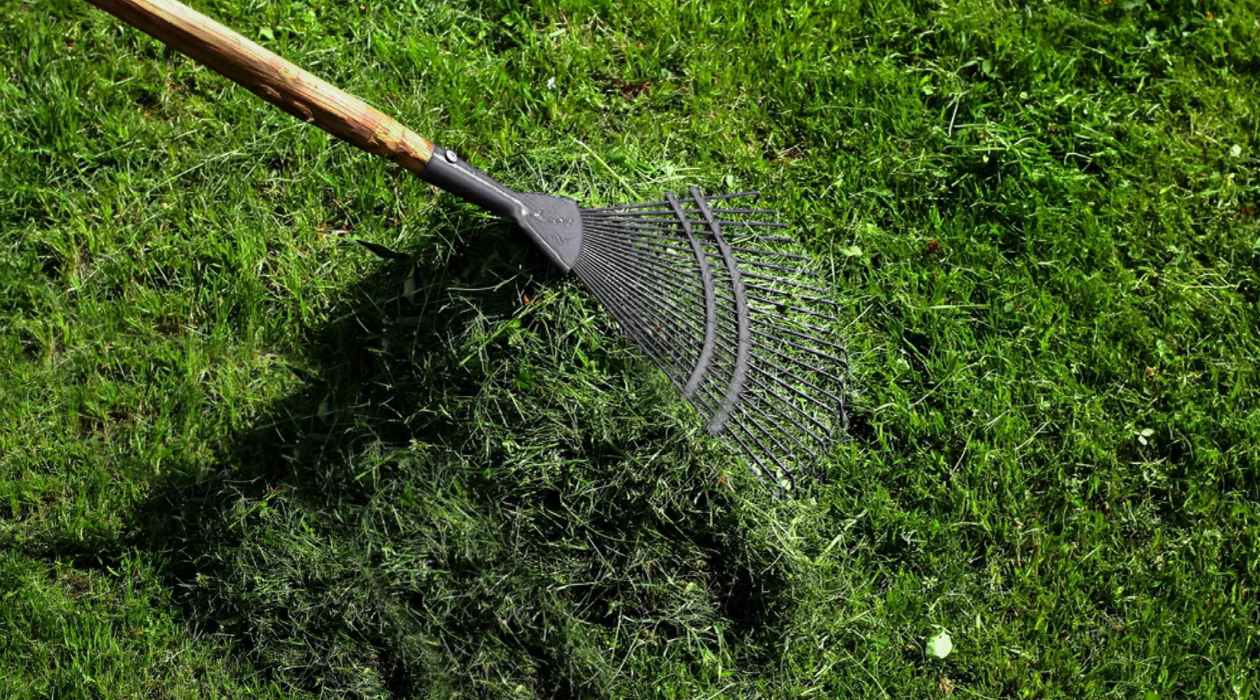
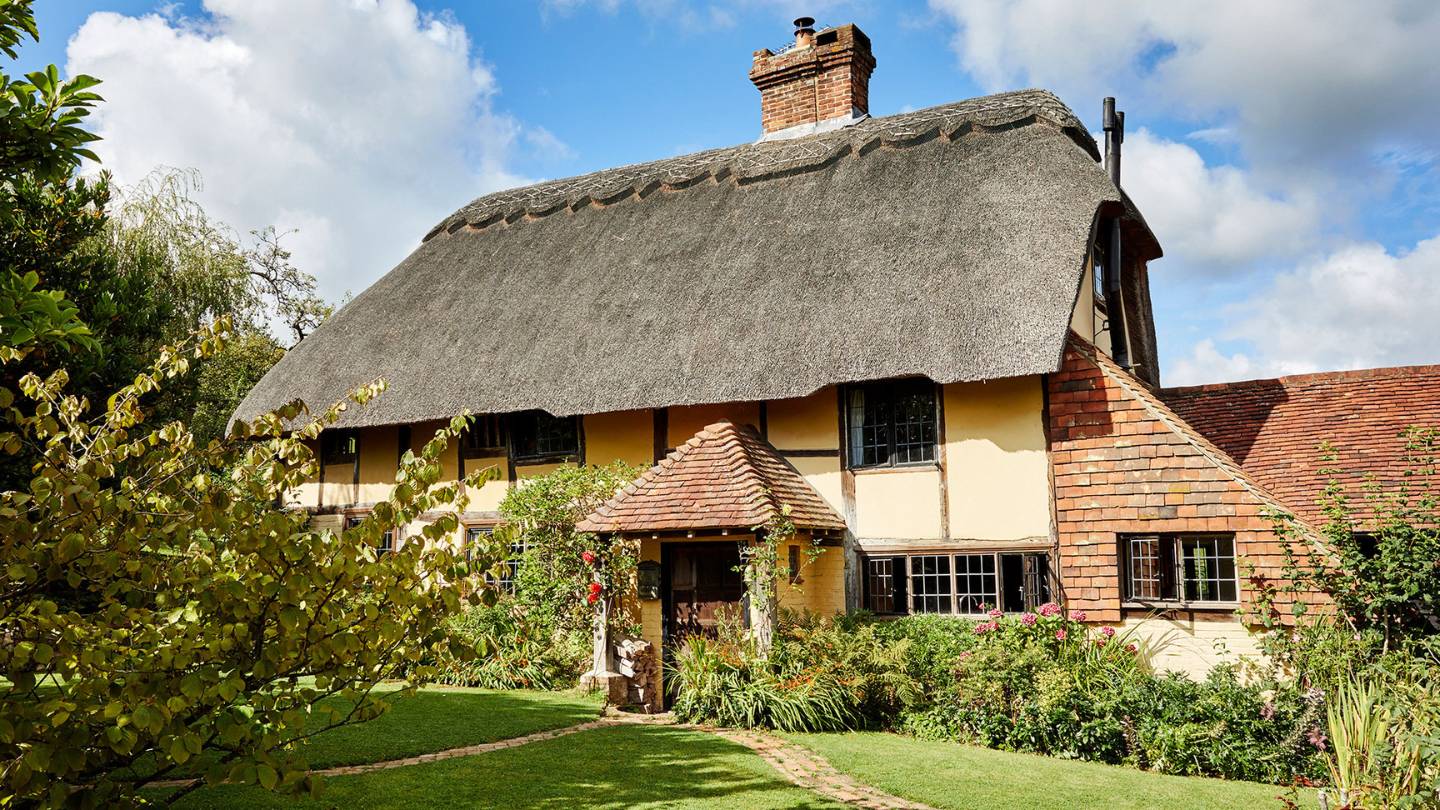
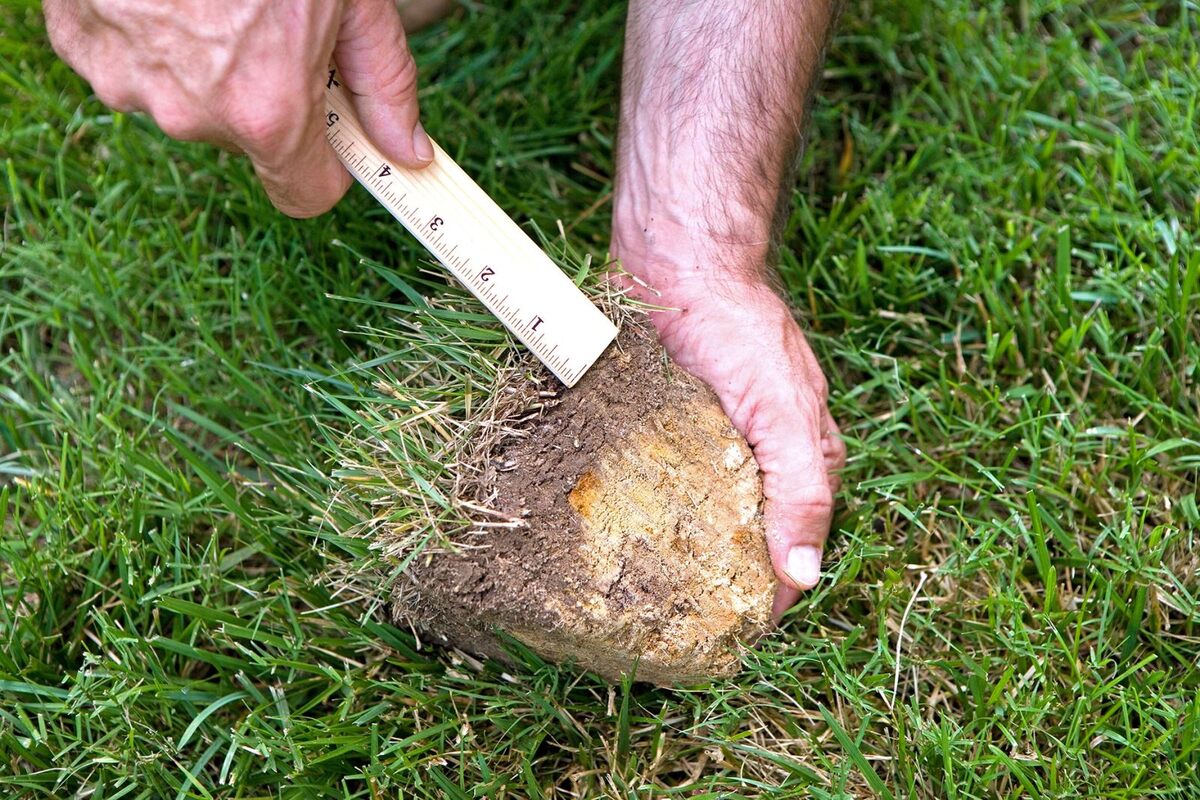
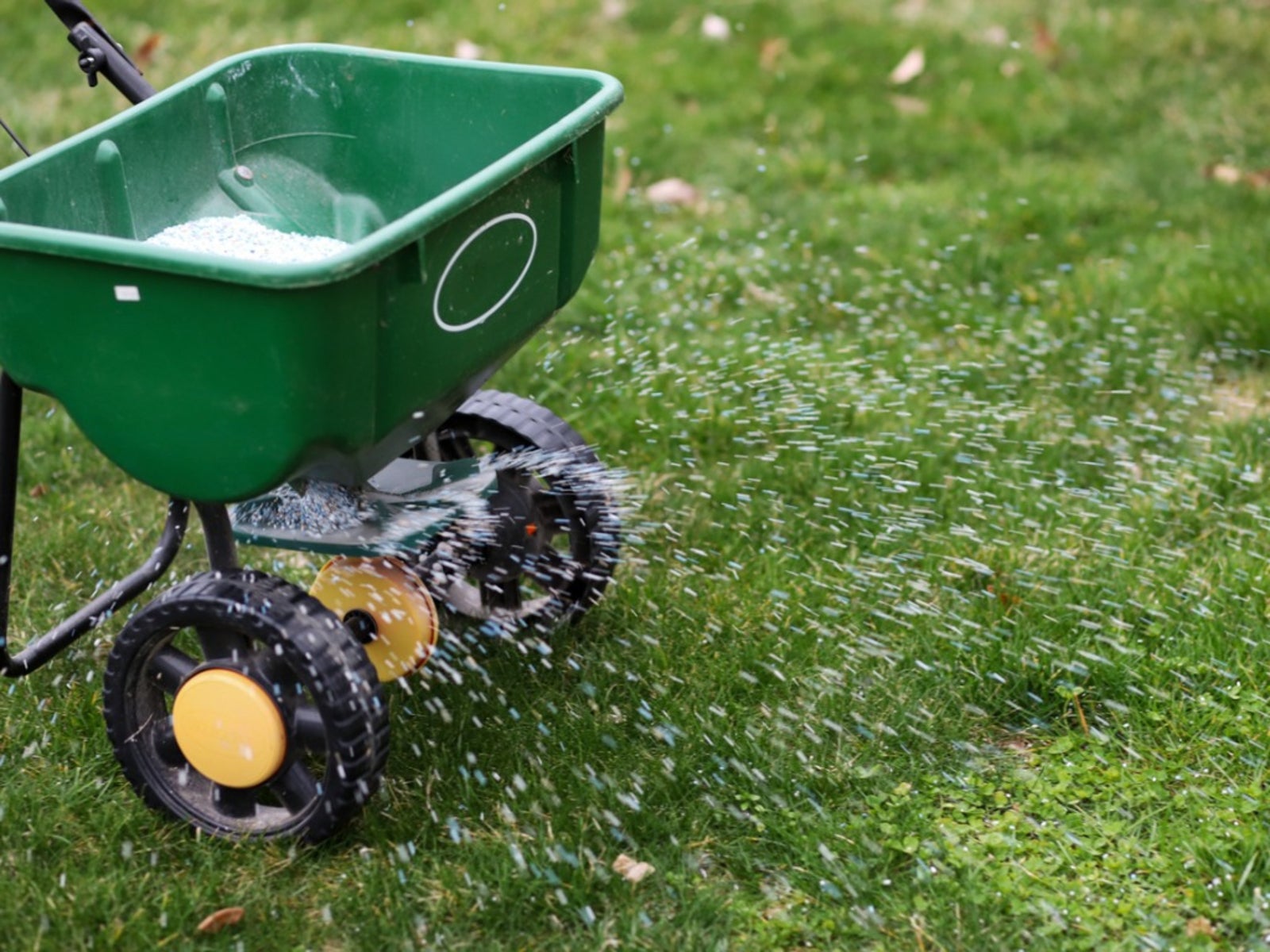
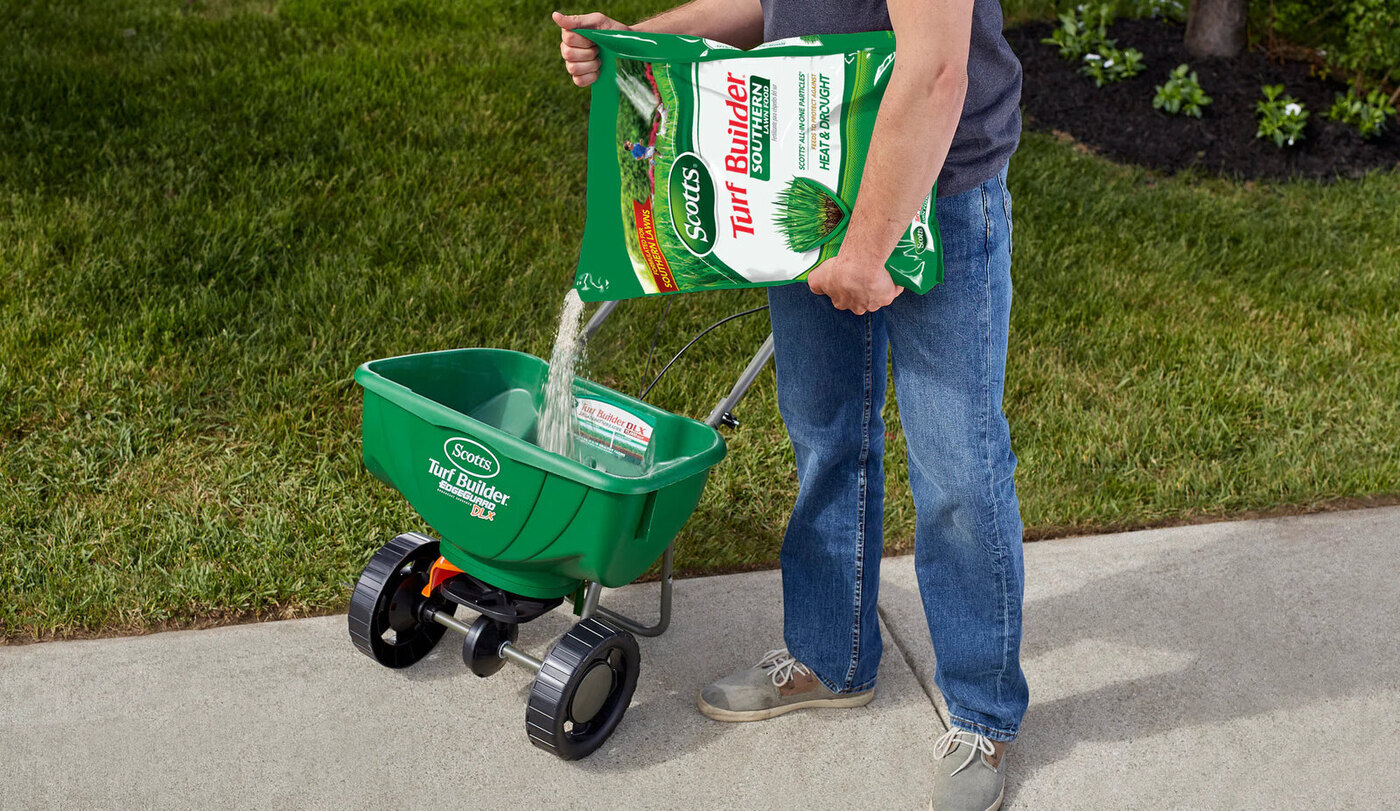
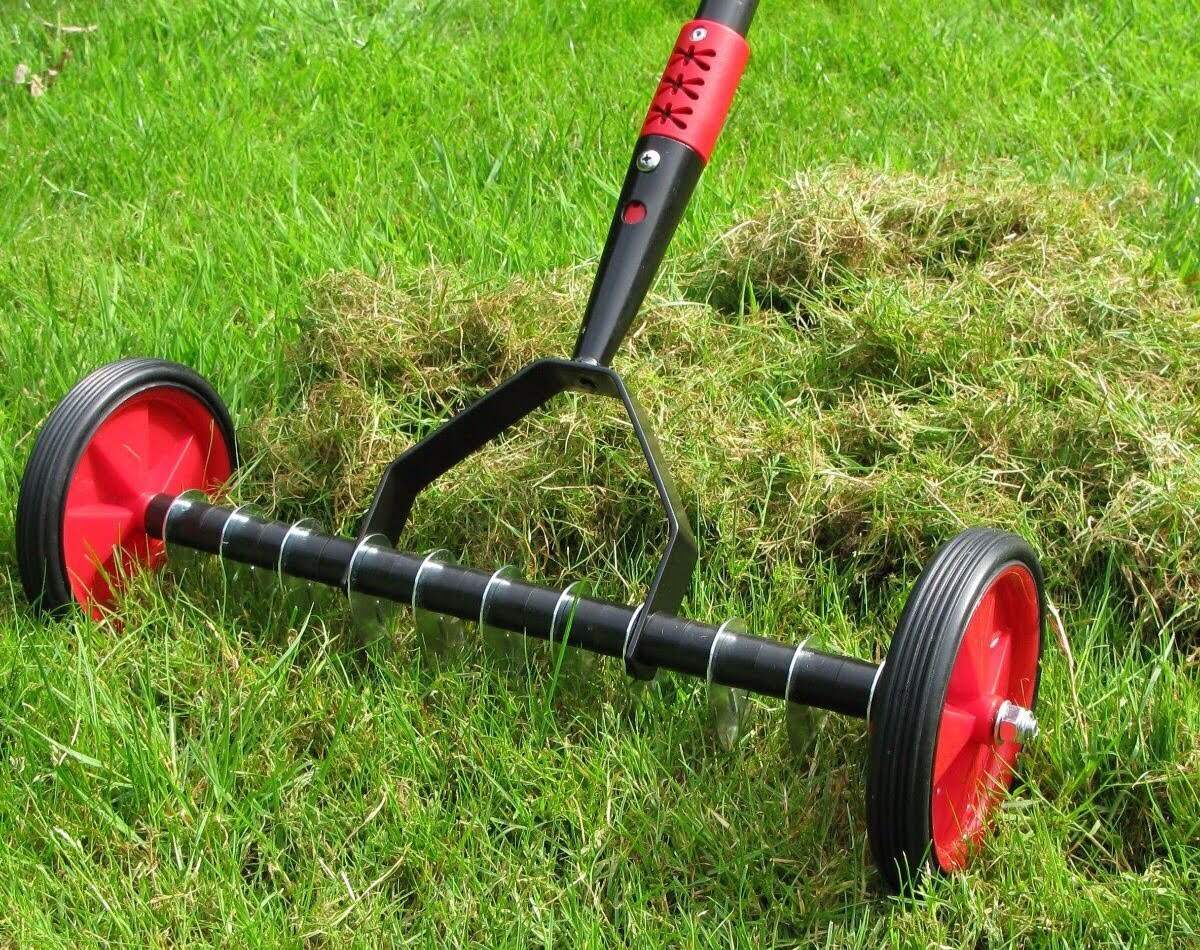
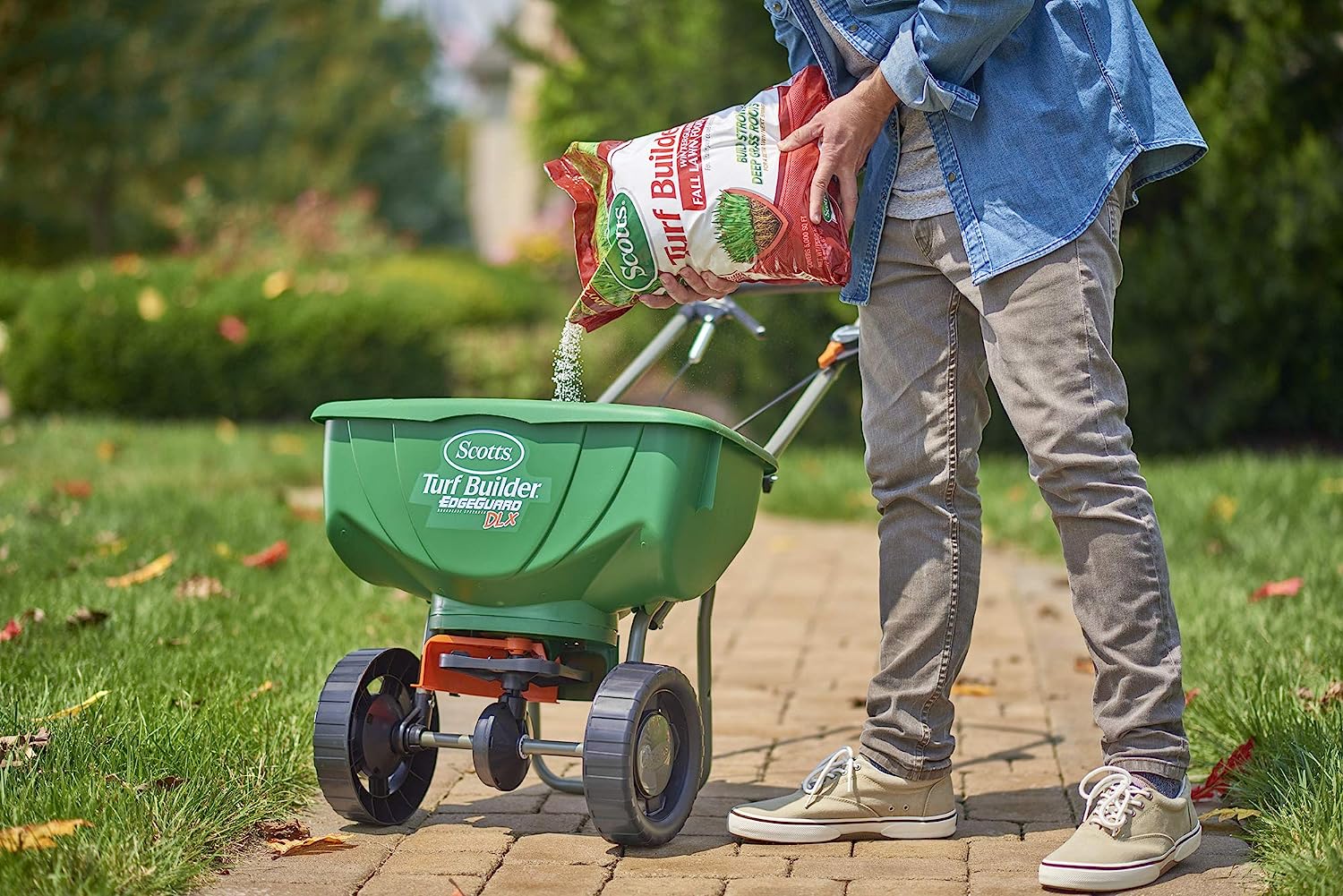
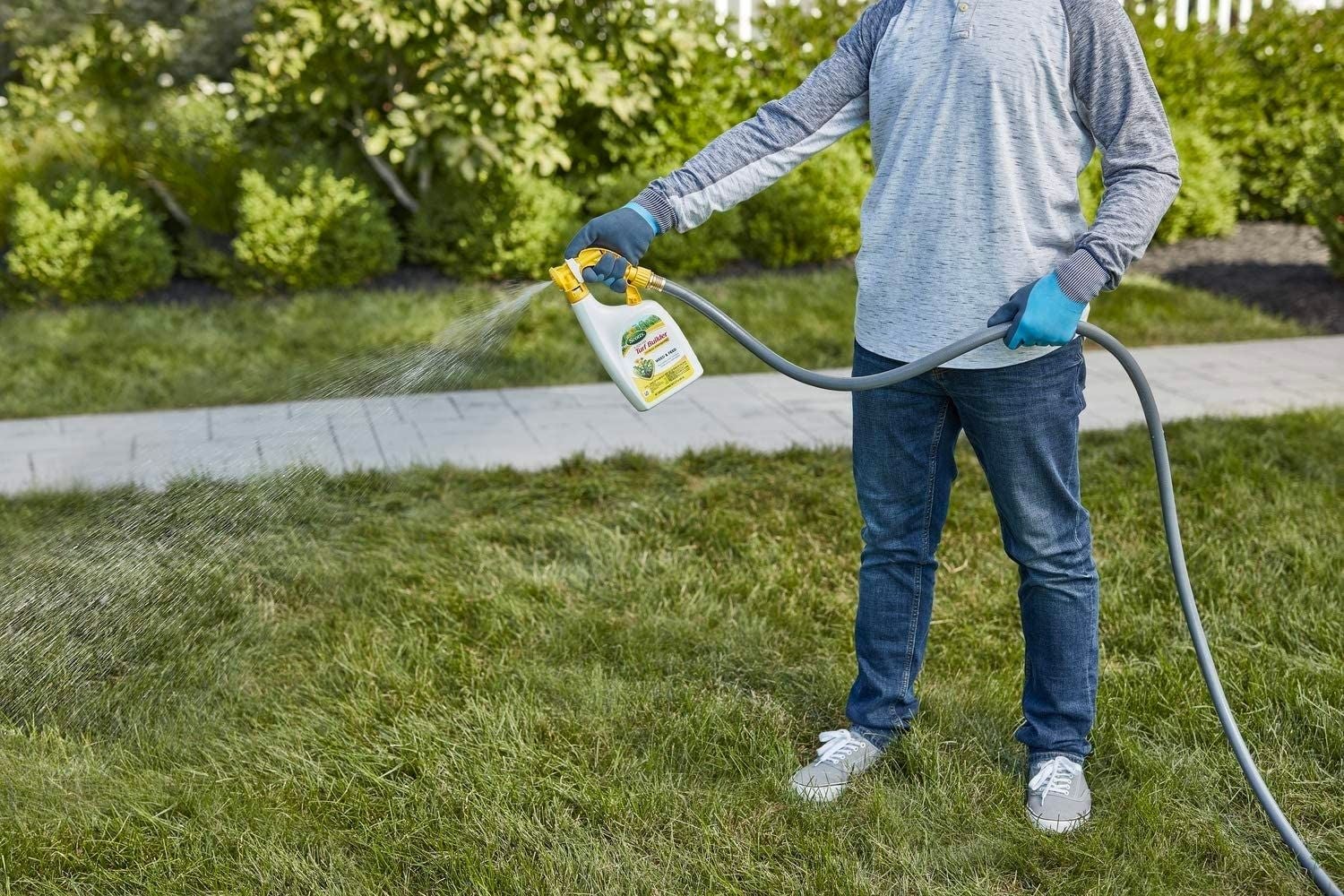
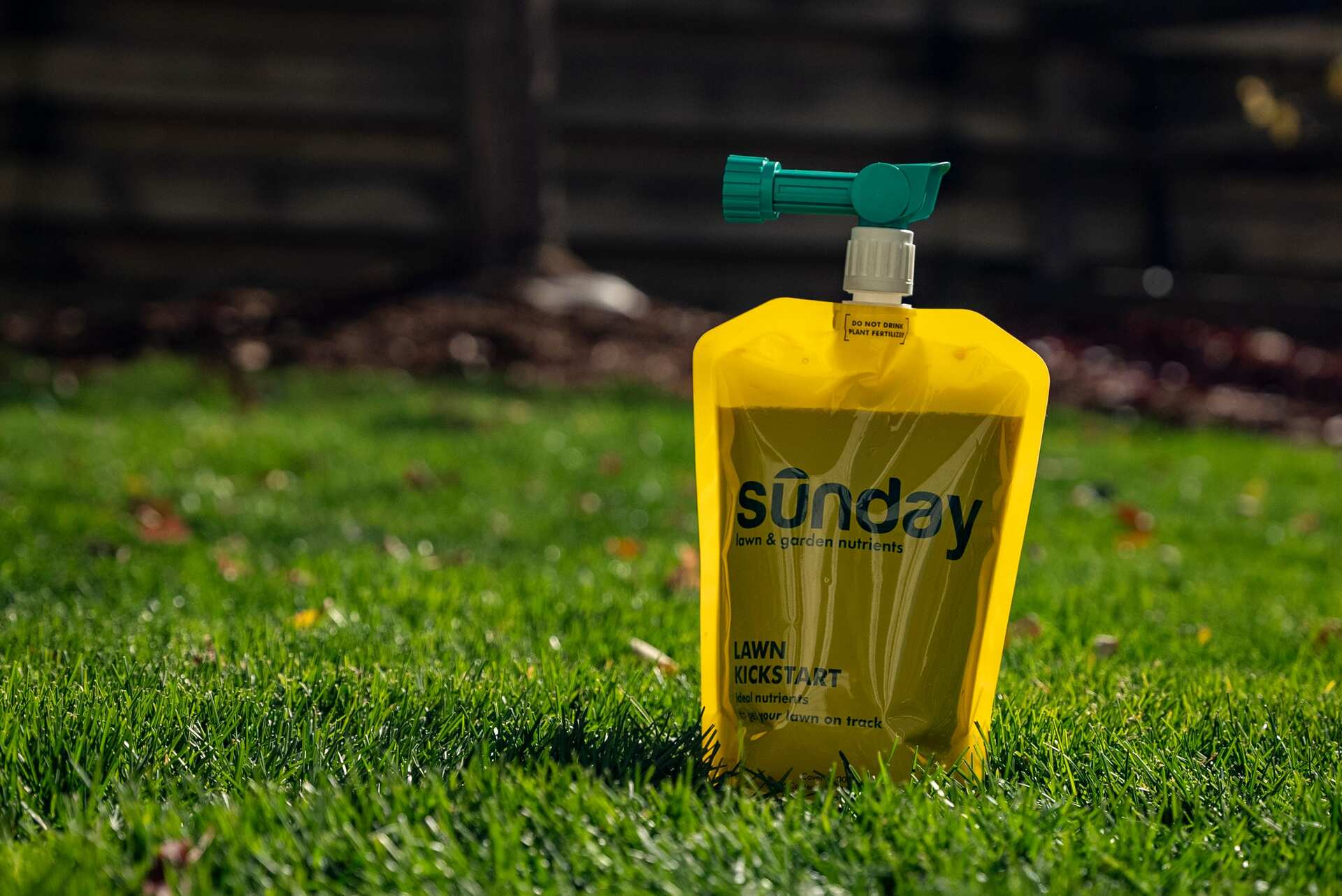
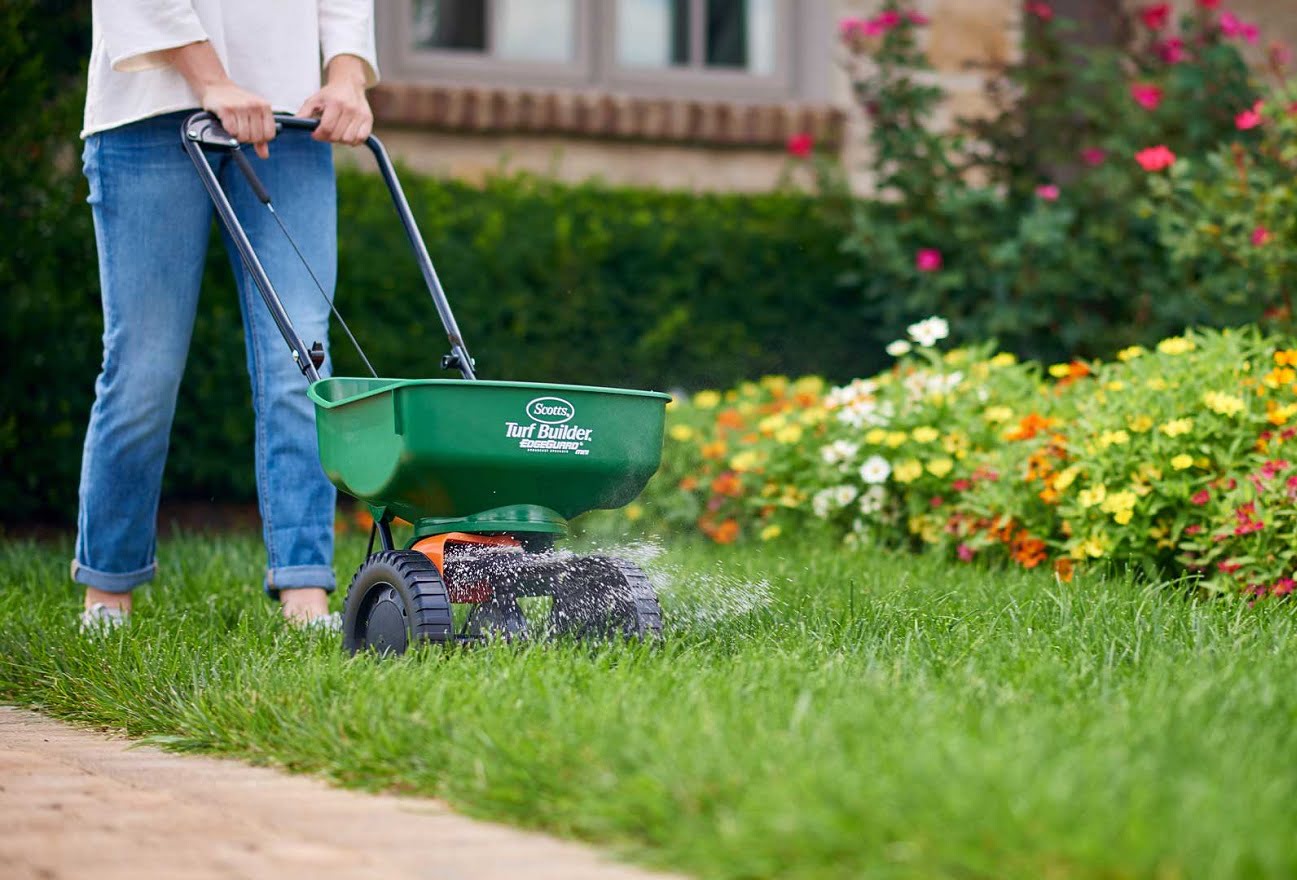
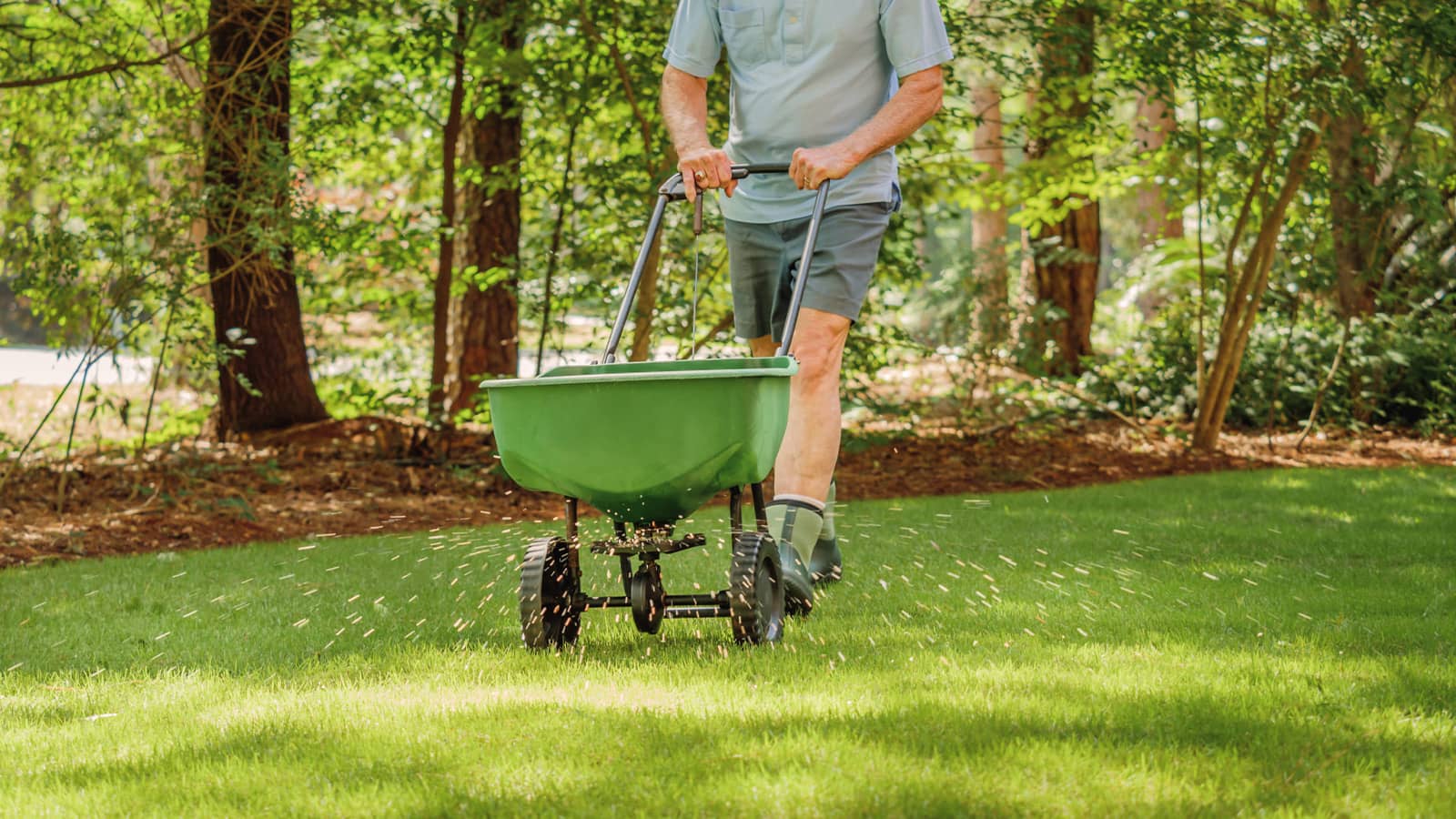
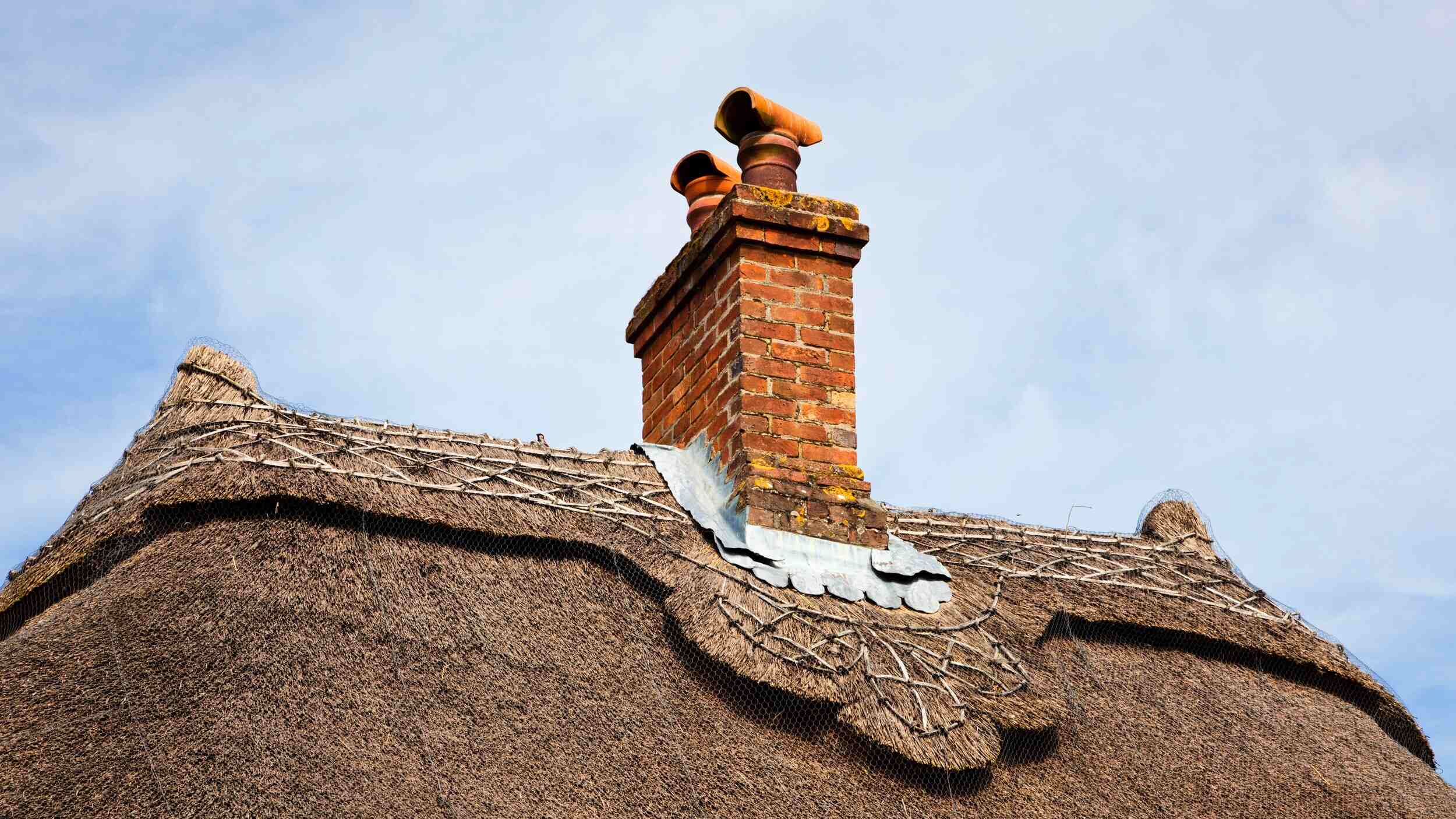
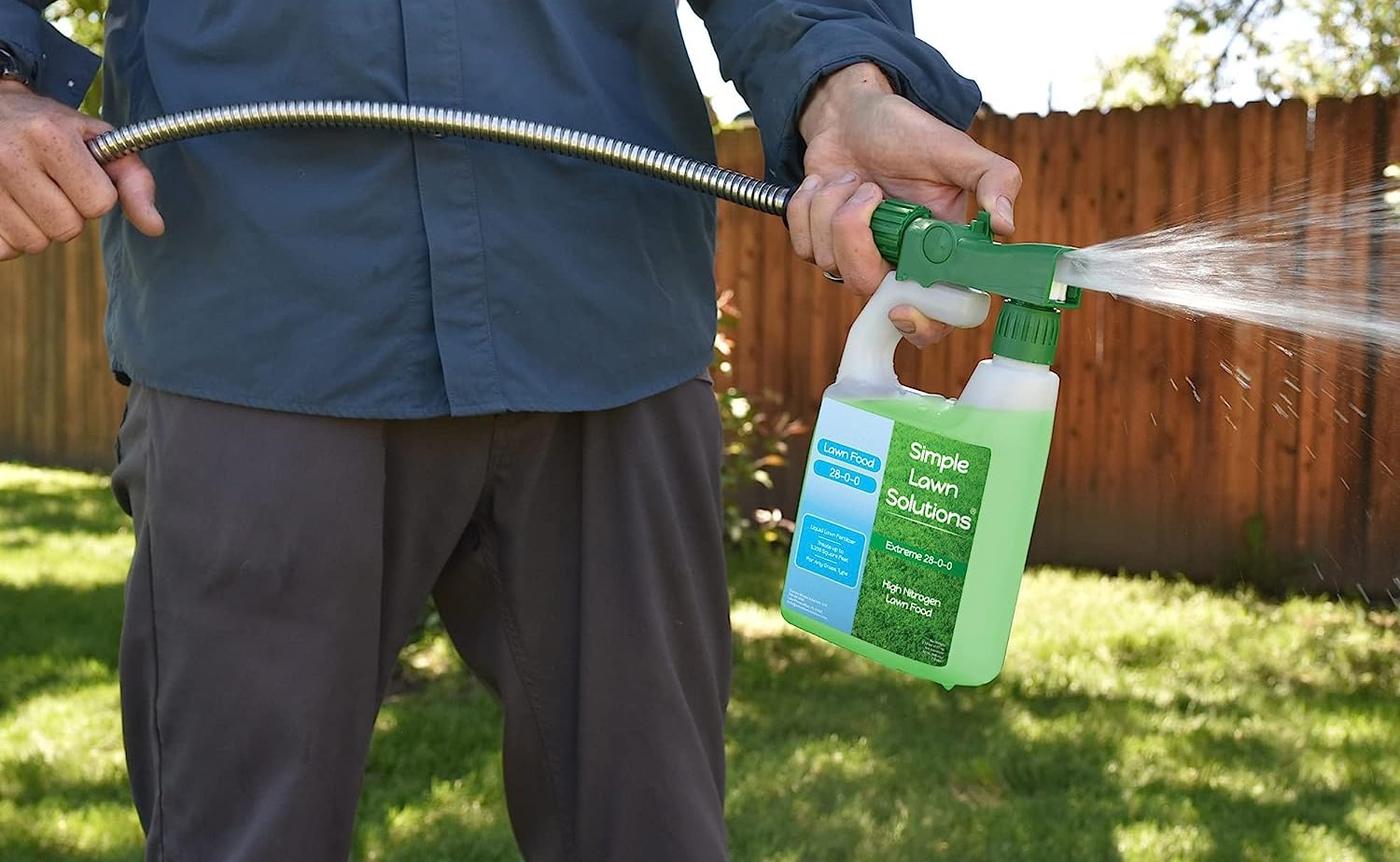
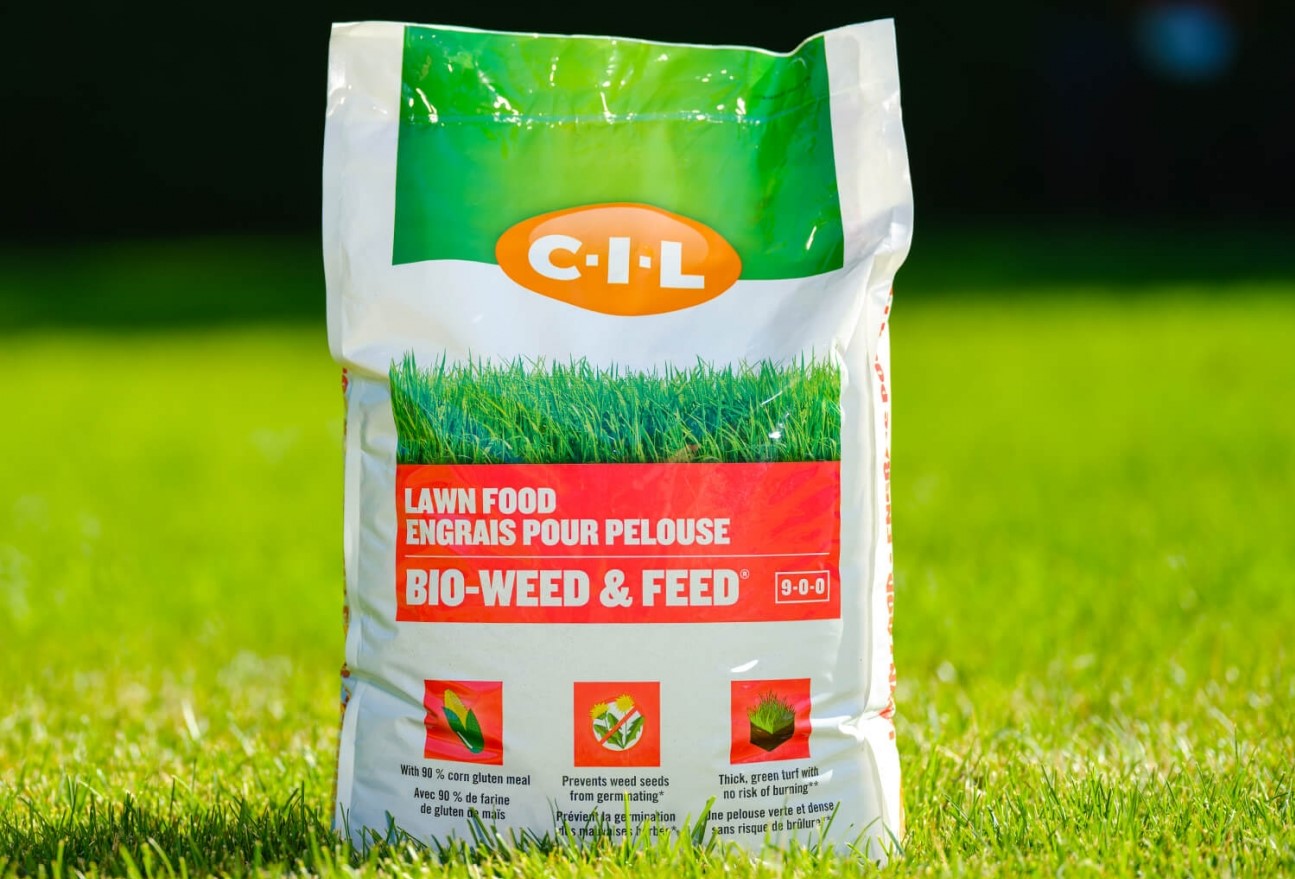

0 thoughts on “Lawn Care: What Is Thatch”